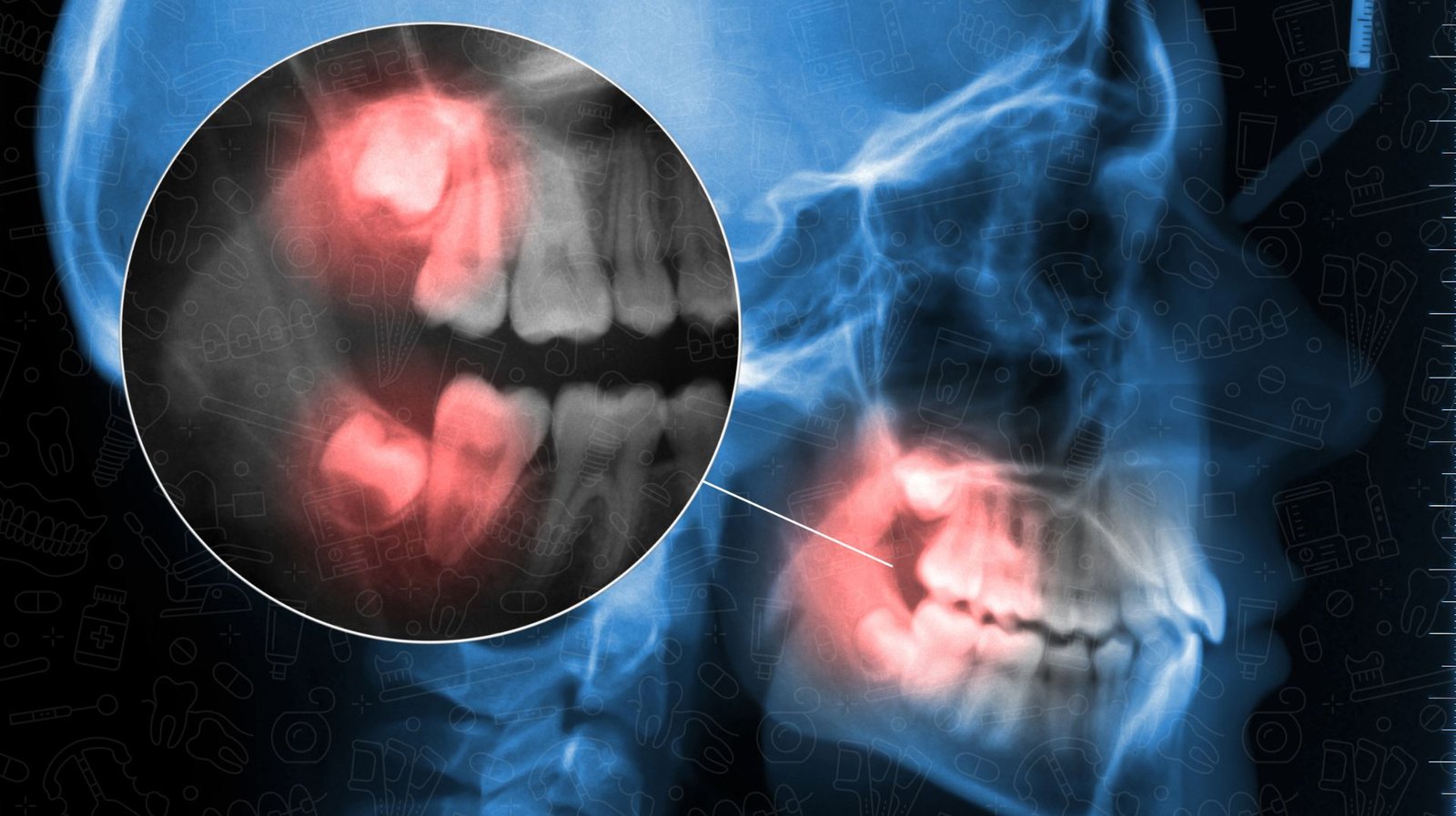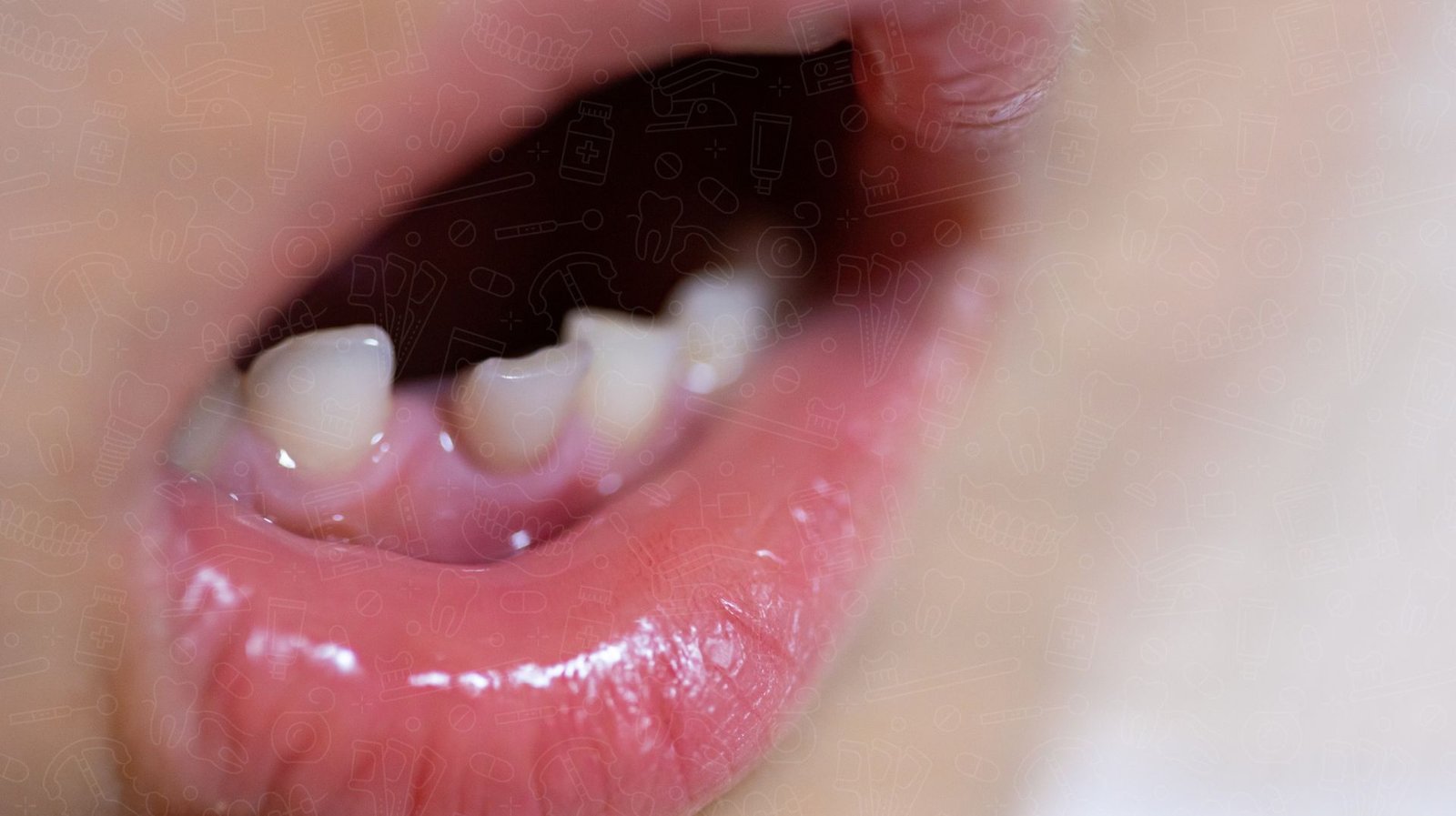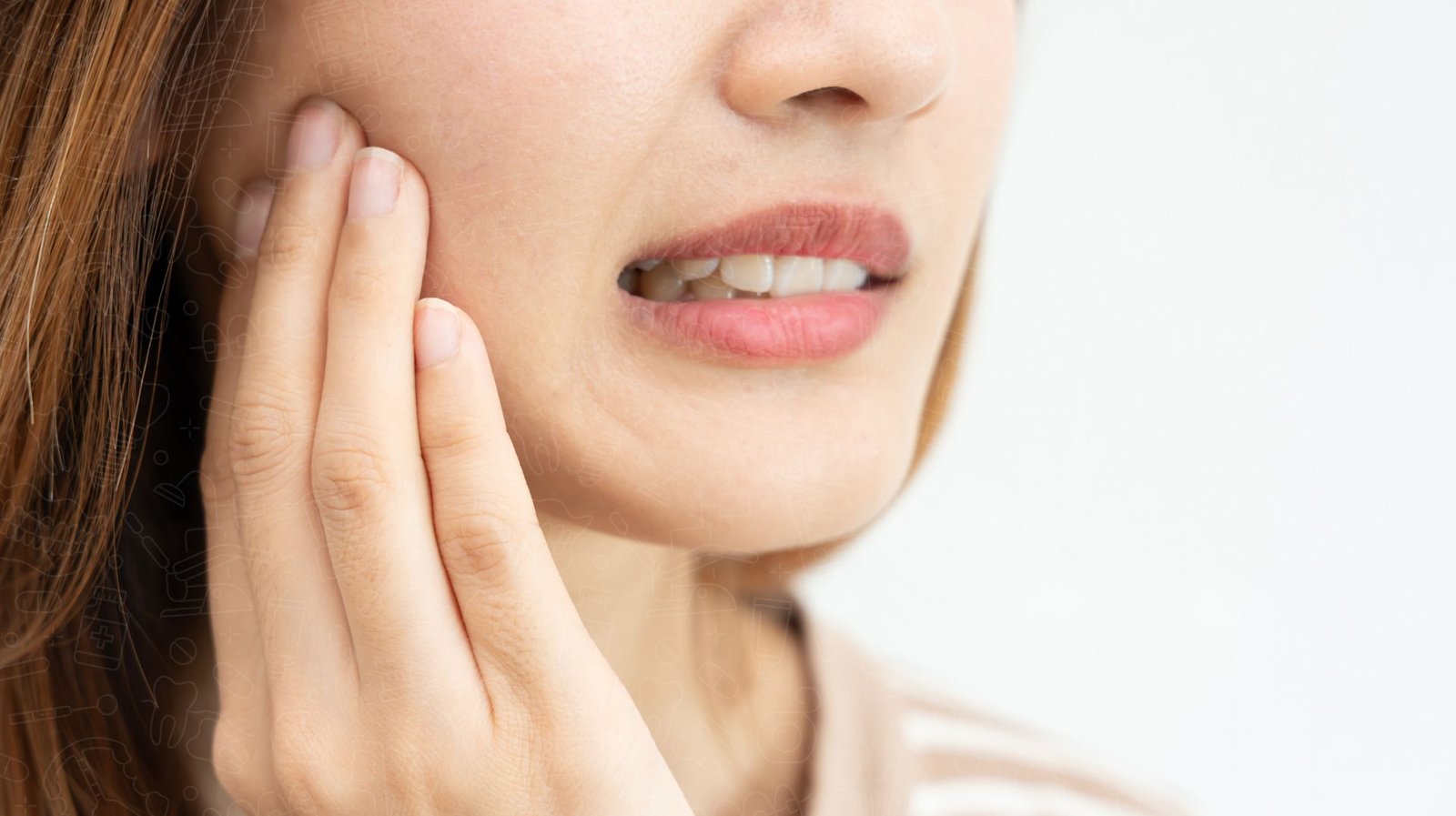I. Introduction
Overview of Orthodontic Treatment Options
Orthodontic treatments, such as Invisalign vs traditional braces, are popular solutions for straightening teeth, correcting bite issues, and enhancing overall dental health. Both Invisalign and traditional braces offer unique benefits and address a range of orthodontic concerns. While Invisalign uses nearly invisible aligners, traditional braces rely on metal brackets and wires to achieve alignment.
Importance of Choosing the Right Option for Your Smile
Choosing between Invisalign vs traditional braces is a significant decision that impacts the effectiveness of your treatment, your comfort, and how confident you feel throughout the process. Selecting the option that best suits your lifestyle and specific dental needs will contribute to a smoother experience and help you achieve your ideal smile.
Purpose of the Topic: Comparing Invisalign vs Traditional Braces to Help You Make an Informed Decision
This guide will compare Invisalign vs traditional braces, exploring how each option works, the benefits, drawbacks, and factors to consider to help you make an informed choice for your orthodontic journey.
II. Understanding Invisalign
What is Invisalign?
Invisalign is an orthodontic treatment that uses clear, removable aligners to gradually straighten teeth. Made from a smooth, BPA-free plastic, Invisalign aligners are custom-designed to fit your teeth comfortably.
How Invisalign Works to Straighten Teeth
Invisalign works through a series of custom-made aligners, each slightly adjusted to move teeth incrementally. Every 1-2 weeks, you switch to a new aligner, which gently applies pressure to guide teeth into their desired positions.
The Invisalign Treatment Process
- Initial Consultation and Digital Scanning: The first step is a consultation with an orthodontist, where digital scans or molds are taken to create a 3D model of your teeth.
- Creating a Custom Treatment Plan: Based on the 3D model, a personalized treatment plan is developed to map out each stage of tooth movement.
- Wearing and Changing Aligners: Aligners are worn 20-22 hours per day and replaced every 1-2 weeks to continue progressing towards the final alignment.
Duration of Invisalign Treatment
- Average Treatment Time for Invisalign: Most Invisalign treatments last between 12 to 18 months.
- Factors That Affect Treatment Duration: The complexity of alignment issues, compliance in wearing aligners, and frequency of orthodontic visits all influence treatment length.
III. Understanding Traditional Braces
What are Traditional Braces?
Traditional braces use metal brackets bonded to each tooth, connected by wires and rubber bands to exert continuous pressure that gradually moves teeth into proper alignment.
How Braces Work to Move Teeth into Alignment
Braces work by adjusting the wires periodically to tighten and reposition the teeth. Each adjustment applies a controlled force that shifts the teeth and roots, correcting alignment issues over time.
The Traditional Braces Treatment Process
- Initial Consultation and Preparation: The orthodontist evaluates your dental structure, takes X-rays, and prepares your teeth for braces.
- Placement of Brackets and Wires: Metal brackets are bonded to each tooth, and a wire is threaded through the brackets, secured by small elastics.
- Regular Adjustments and Tightening: Approximately every 4-6 weeks, the orthodontist tightens the wires to guide the teeth further into place.
Duration of Traditional Braces Treatment
- Average Treatment Time for Traditional Braces: Treatment typically ranges from 18 months to 3 years.
- Factors That Affect Treatment Duration: The complexity of alignment issues, age, and consistency in following care instructions can all impact the length of treatment.
IV. Comparing Invisalign vs Traditional Braces
Aesthetic Differences
- Invisalign: Invisalign aligners are nearly invisible, making them a discreet choice for adults and teens seeking subtle treatment.
- Traditional Braces: Braces are visible on the teeth, with metal brackets and wires that are more noticeable, though ceramic and lingual braces offer more discreet options.
Comfort and Convenience
- Invisalign: Made of smooth plastic, Invisalign aligners are comfortable and removable for eating, brushing, and flossing.
- Traditional Braces: Braces are fixed in place, which can cause some irritation to the cheeks and gums, especially after adjustments.
Effectiveness for Different Cases
- Invisalign: Effective for mild to moderate alignment issues, such as spacing, crowding, and minor bite adjustments.
- Traditional Braces: Best suited for complex cases, including severe misalignment, large gaps, and bite problems that require greater control.
Oral Hygiene and Maintenance
- Invisalign: Aligners can be removed, making it easy to brush and floss as usual.
- Traditional Braces: Cleaning around brackets and wires requires special brushes and careful flossing techniques to prevent plaque buildup.
Dietary Restrictions
- Invisalign: Aligners are removed for meals, so there are no dietary restrictions.
- Traditional Braces: Patients need to avoid sticky, hard, or crunchy foods that could damage brackets and wires.
Treatment Duration and Adjustments
- Frequency of Check-Ins: Invisalign patients typically check in every 6-8 weeks, while braces patients need adjustments every 4-6 weeks.
- Duration Comparisons: Invisalign is generally shorter in duration for mild cases, while braces may take longer, especially for complex issues.
V. Benefits of Invisalign
Discreet Appearance
Invisalign aligners are clear and nearly invisible, making them ideal for anyone seeking a subtle orthodontic solution.
Removability
Aligners can be removed for meals, special occasions, and oral hygiene, allowing greater flexibility in daily life.
Fewer Dietary Restrictions
Invisalign lets you eat all your favorite foods without worrying about damaging brackets or wires.
Ease of Oral Hygiene
Brushing and flossing is easy with Invisalign since the aligners are removable, reducing the risk of cavities and gum issues.
Comfort and Reduced Irritation
Invisalign aligners are smooth, eliminating the discomfort that metal brackets and wires can sometimes cause.
VI. Benefits of Traditional Braces
Highly Effective for Complex Cases
Traditional braces can address severe alignment, rotations, and complex bite issues that Invisalign may not be able to handle.
No Compliance Required
Braces are always working since they’re fixed in place, making them a good option for patients who might struggle with compliance.
Suitable for All Ages
Traditional braces are effective for children, teens, and adults, offering versatility across age groups.
Variety of Options
Patients can choose from metal, ceramic, or lingual braces to match their aesthetic preferences and needs.
VII. Drawbacks of Invisalign
Requires Patient Compliance
Invisalign needs to be worn 20-22 hours daily to be effective, making it less suitable for patients who may not stick to this routine.
Limited Effectiveness for Certain Issues
Invisalign may not be effective for severe orthodontic issues or complex bite problems, where braces may be a better option.
Replacement Cost for Lost or Damaged Aligners
Aligners need to be handled carefully to avoid loss or breakage, which may incur additional costs for replacements.
VIII. Drawbacks of Traditional Braces
Visibility and Aesthetic Concerns
Metal braces are visible, which may be a drawback for individuals who want a discreet treatment option.
Potential Discomfort and Irritation
Braces can cause soreness, especially after adjustments, and may irritate the inside of the mouth.
Challenging Oral Hygiene
Cleaning around braces can be challenging and requires special tools to prevent plaque buildup and decay.
Food Restrictions
With braces, you’ll need to avoid certain foods to prevent damage to brackets and wires, which may be inconvenient for some patients.
IX. Cost Comparison: Invisalign vs Traditional Braces
Factors That Influence the Cost
The cost of both Invisalign and braces depends on factors like treatment duration, case complexity, and additional services needed.
Insurance Coverage and Payment Plans
Many insurance plans offer partial coverage for orthodontics. Both options may also be available with financing plans to make treatment more affordable.
Long-Term Value and Investment in Oral Health
While Invisalign may cost slightly more for mild cases, braces are often more cost-effective for complex issues, making both valuable long-term investments in oral health.
X. Who Should Choose Invisalign vs Traditional Braces?
Ideal Candidates for Invisalign
Invisalign is best for mild to moderate alignment issues and is popular among adults and teens looking for a discreet, flexible treatment.
Ideal Candidates for Traditional Braces
Braces are ideal for patients with severe misalignment, children, and individuals who need a fixed solution for complex cases.
Consultation with an Orthodontist
A consultation with an orthodontist is essential for determining the best choice based on your unique needs and lifestyle.
XI. Conclusion
Recap of Key Differences and Benefits of Invisalign vs Traditional Braces
Both Invisalign and traditional braces offer distinct advantages for straightening teeth, and understanding the differences can help you make the right choice.
Encouragement to Seek Professional Guidance for a Custom Treatment Plan
Consulting with a qualified orthodontist can provide you with personalized advice for achieving the best results.
Final Thoughts on Achieving a Beautiful Smile with the Right Orthodontic Option
Choosing the right orthodontic treatment is an important step toward a beautiful, healthy smile.
Call to Action: Schedule a Consultation to Find Out Which Treatment Suits You Best
Take the first step towards your perfect smile by scheduling a consultation with a dentist to explore invisalign vs traditional braces and discover which option is right for you.





